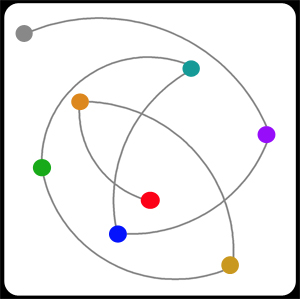|
|
|
The Switch X stack
Why stack a Switch X system ? Because it becomes a fundamentally different device with much better performance
After selling the Switch X for 2 years a large number of clients experimented with adding a second unit in a stack They universally reported significant improvements. We now mostly sell these as a stacked system This led to a technical study of what was going on. It turns out, it does indeed help to use 2 units but not 3 How a Switch X works A switch X has 5 things it does to create a better networking environment for audio use 1. The linear has balanced DC output and this creates a galvanically isolated environment for the entire network. 2. The R-Core transformer creates a highly isolated separation from line power noise 3. A Switch X blocks RF noise from the house network getting to the audio gear via wiring 4. It provides vastly dejittered packet delivery, far cleaner ethernet signal modulation and precision voltages 5. It creates a clean isolated network that blocks outside packets
How does adding a second Switch X improve things ?
Hooking up 2 Switch X systems together with a very short SFP+ DAC cable merges them into one system that operates in a different manner becoming something more advanced and quite different. The DAC cable connects the 2 CPUs inside with a very direct connection and then isolates the 2 into separate functions creating a different type of device.
The first Switch X blocks all house packets and isolates RF noise from the house wiring and produces a galvanically isolated first stage. The CPU in this first Switch X focuses on blocking house packets and packet noise.
The second Switch X takes the cleaned up and already galvanically isolated signal from the first Switch X. The first Switch X has already filtered out bad packets. RF/EM noise has already been vastly reduced but the second Switch X reduces this again.
All of this leaves the second Switch X to focus solely on the music network/packets in a isolated bliss.
The second CPU and packet stream has a vastly lowered packet jitter because the CPU is not distracted blocking house packets. The double galvanic and RF isolation produces a far cleaner environment for the audio gear.
The end result is that multiple clients have tested with ABs that they can no longer detect if the audio system is connected to the house network at all
This total isolation has been a long sought goal in high end audio netwoking
Doing more then 2 in a stack does not make any improvements in AB testing or in technical measurements |


